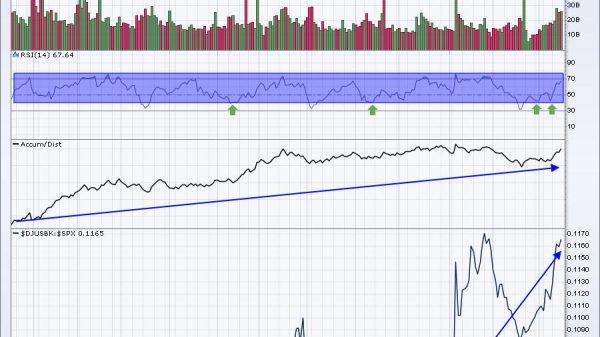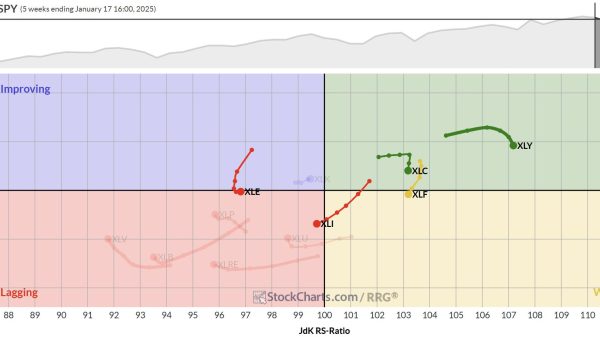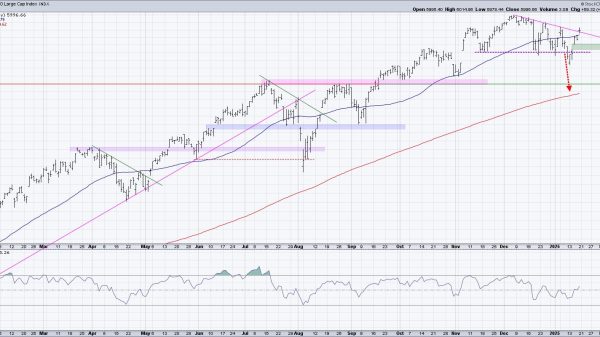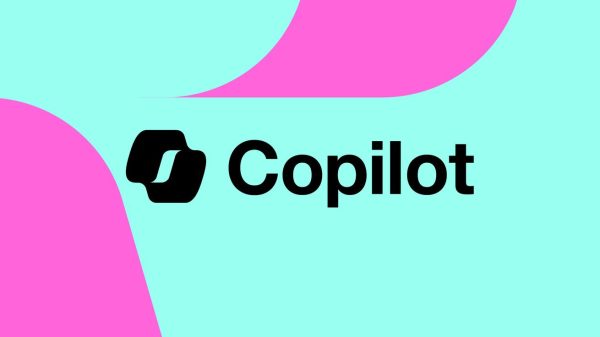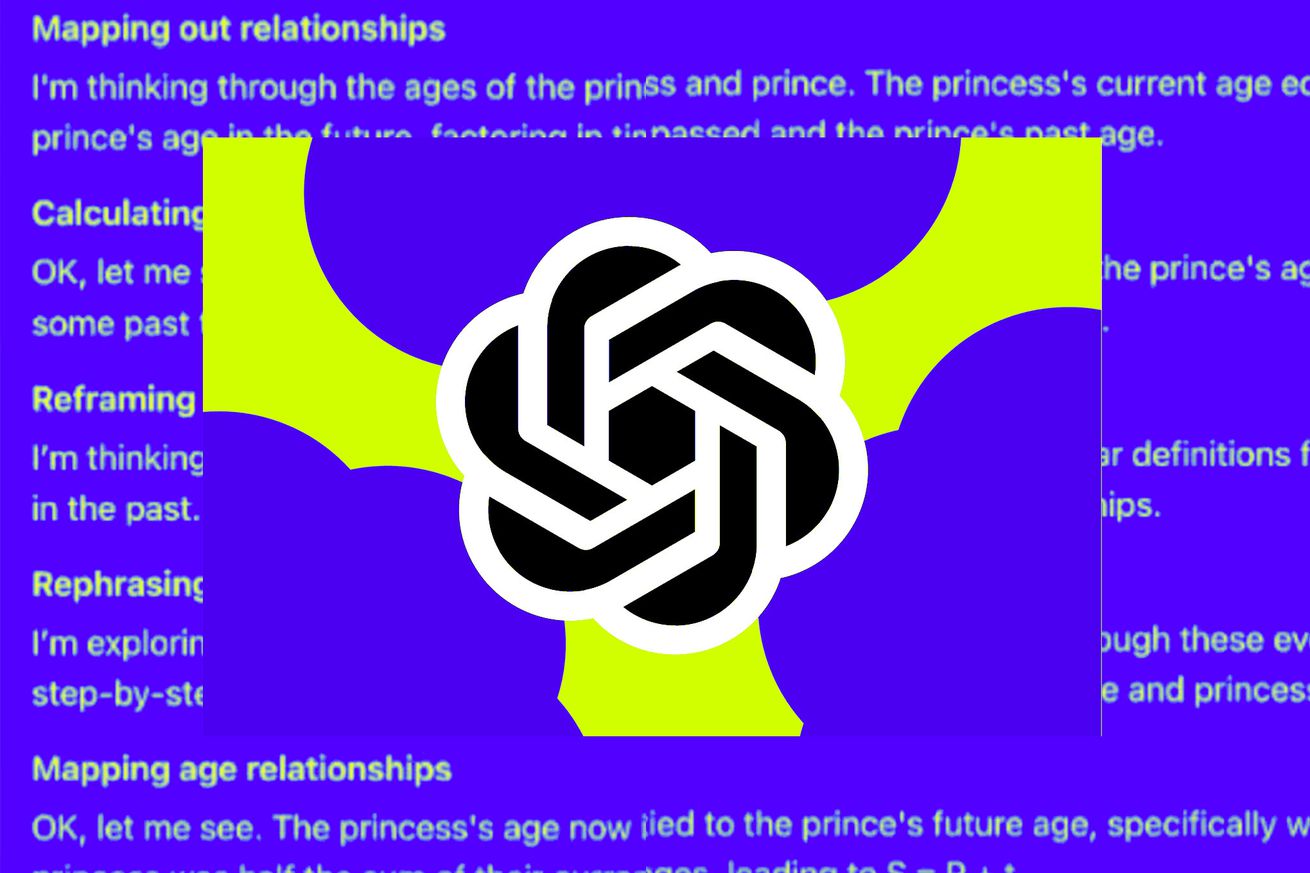
For the last day of ship-mas, OpenAI previewed a new set of frontier “reasoning” models dubbed o3 and o3-mini. The Verge first reported that a new reasoning model would be coming during this event.
The company isn’t releasing these models today (and admits final results may evolve with more post-training). However, OpenAI is accepting applications from the research community to test these systems ahead of public release (which it has yet to set a date for). OpenAI launched o1 (codenamed Strawberry) in September and is jumping straight to o3, skipping o2 to avoid confusion (or trademark conflicts) with the British telecom company called O2.
The term reasoning has become a common buzzword in the AI industry lately, but it basically means the machine breaks down instructions into smaller tasks that can produce stronger outcomes. These models often show the work for how it got to an answer, rather than just giving a final answer without explanation.
According to the company, o3 surpasses previous performance records across the board. It beats its predecessor in coding tests (called SWE-Bench Verified) by 22.8 percent and outscores OpenAI’s Chief Scientist in competitive programming. The model nearly aced one of the hardest math competitions (called AIME 2024), missing one question, and achieved 87.7 percent on a benchmark for expert-level science problems (called GPQA Diamond). On the toughest math and reasoning challenges that usually stump AI, o3 solved 25.2 percent of problems (where no other model exceeds 2 percent).
/cdn.vox-cdn.com/uploads/chorus_asset/file/25799373/Screenshot_2024_12_20_at_10.02.14_AM.png)
OpenAI
The company also announced new research on deliberative alignment, which requires the AI model to process safety decisions step-by-step. So, instead of just giving yes/no rules to the AI model, this paradigm requires it to actively reason about whether a user’s request fits OpenAI’s safety policies. The company claims that when it tested this on o1, it was much better at following safety guidelines than previous models, including GPT-4.

